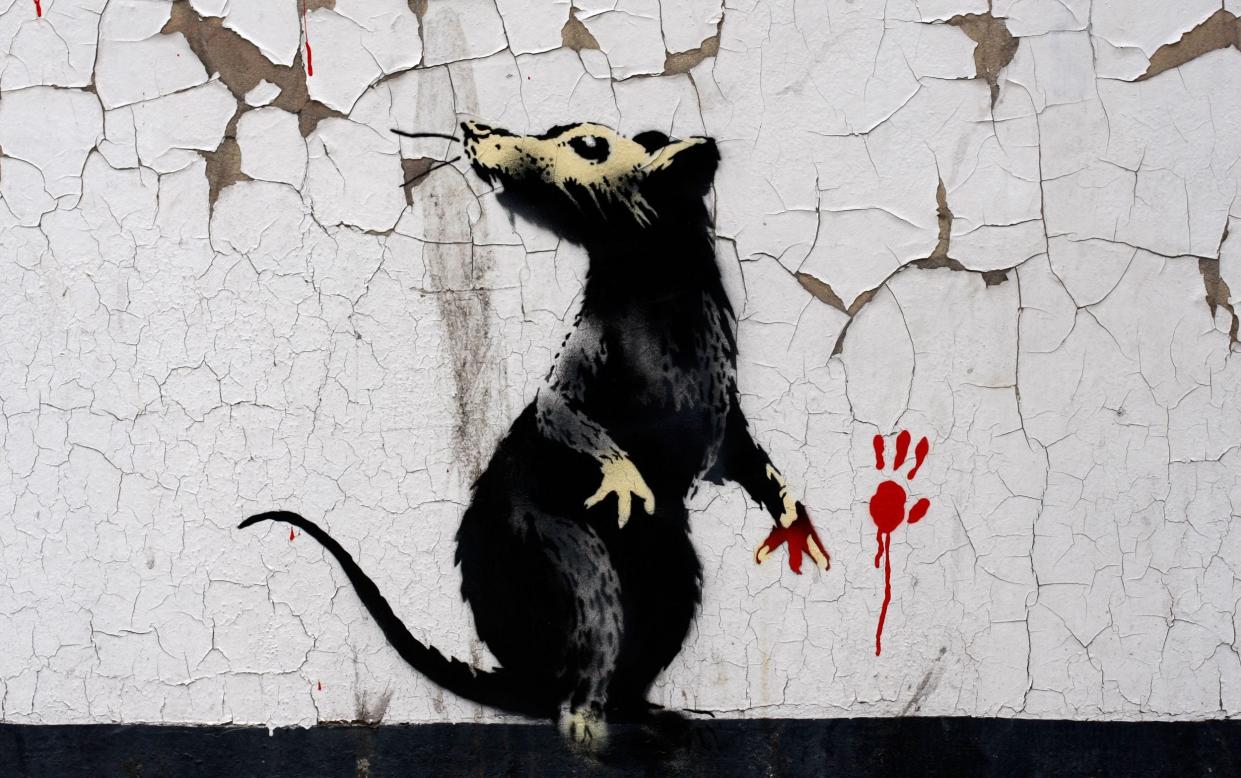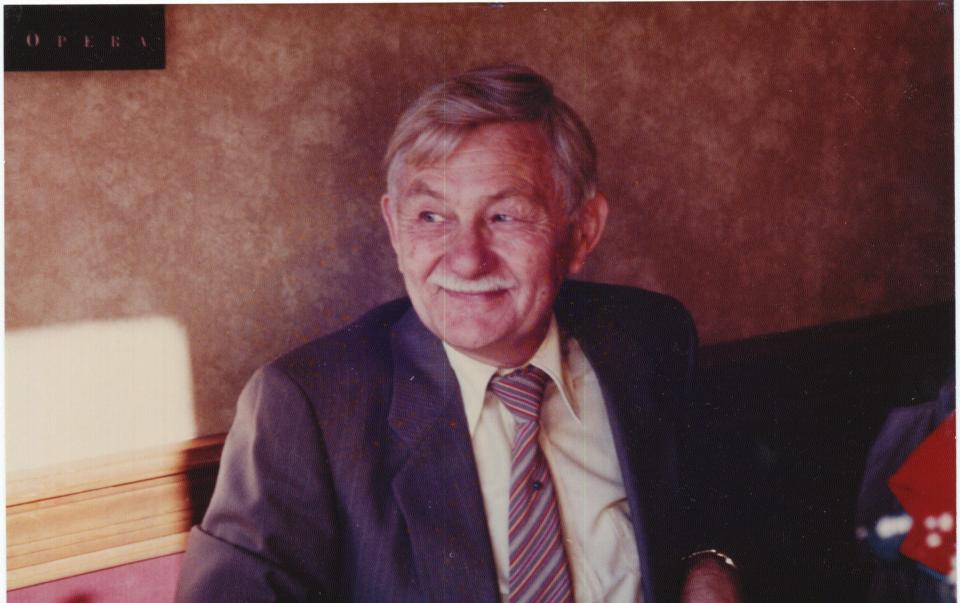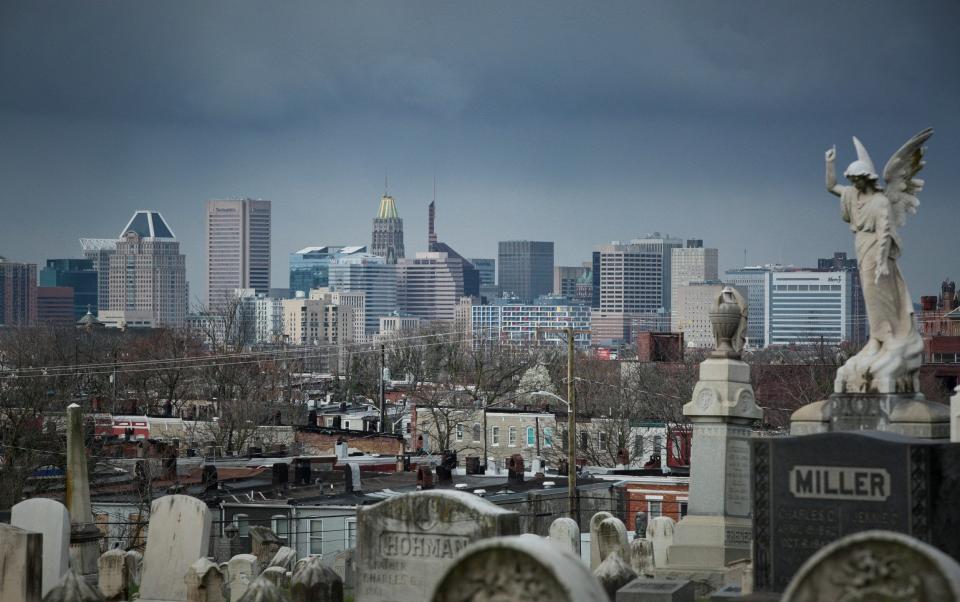Why you are (mostly) superior to a rat

It’s a standing joke among scientists that most headlines about health breakthroughs should be suffixed with the words “in mice”: “Vitamin D regulates cancer immunity”? Sure – in mice. For there’s many a slip ’twixt mouse and man, and not only in medicine but also in psychology and sociology, as Jon Adams and Edmund Ramsden’s fascinating tale attests.
Mice and their more intelligent brethren, rats, have long been used as proxies for humans in the lab. The notorious psychologist BF Skinner invented the “operant conditioning chamber”, or what became known (to his chagrin) as the “Skinner box”: in it, a rat or pigeon pressed a lever to get a pellet of food, or was encouraged to move from one side of the box to the other as the walls were heated up. From Skinner’s accounts of such experiments, we gained the concept of “positive reinforcement” of behaviour.
The hero of Rat City, John B Calhoun, was an American scientist who thought such experiments far too circumscribed to tell us much about reality. Instead, from 1947 to 1982, he built an increasingly complicated series of wooden habitation complexes (which he later came to call “universes”) for rats and mice, containing dozens or even hundreds of animals, and recorded the rise and fall of entire rodent societies. His results became famous, and contributed to mid-century panics about global overpopulation and social decline.
Why rats? There were too many of them in the wrong places, so they were urban “pests”. Poisoning a whole city block of rats didn’t work, because all that did was encourage neighbouring colonies to expand their territory to fill the gap. Many people assumed that the prevalence of rats in impoverished districts proved that poor people were dirty, but as Calhoun and others showed, the people had a rat problem because they had a quality-of-housing problem. Demolishing slums and decanting the poor into concrete high-rises didn’t make their lives better.
Indeed, Calhoun’s work seemed to show why the promise of tower blocks was false. As the population of his rat cities grew, the animals became more stressed. We call this “overcrowding”, but as Calhoun discovered, the reason for the rats’ distress wasn’t the lack of physical space for each animal, but rather the constant unwanted social contact. Individuals could no longer form small groups, but suffered constant adrenaline spikes from being around everyone else all the time.

Once the rat colonies had reached this threshold of overcrowding, the social fabric unravelled completely. Vicious fights broke out and mothers ceased to care for their pups. Some rats simply dropped out totally from social and sexual contact and spent all their time placidly grooming themselves. They were dubbed “the Beautiful Ones”, but they left no offspring. Eventually, the entire colony died.
In humans, too (or so people inferred), the choice between complete isolation or stressful random encounters – as in the new tower blocks, which eliminated the small-scale neighbourliness of terraced housing – would also create chronic stress. One English psychiatrist, Humphry Osmond, successfully redesigned a few American mental hospitals away from the prevailing model of vast communal spaces and tiny cells, creating a variety of smaller in-between nooks and snugs, and thus much happier patients.
A more baleful consequence of Calhoun’s work, however, was the vulgarisation of his ideas by those who used them in order to spread a pseudoscientific political message. One such was Desmond Morris, who speed-wrote The Naked Ape in a few weeks of 1966. “We already know that if our populations go on increasing at their present terrifying rate,” Morris wrote, “uncontrollable aggressiveness will become dramatically increased. This has been proved conclusively with laboratory experiments.” Here, Morris did not, as he certainly should have done, add a certain familiar phrase: “in rats”.

Adams and Ramsden show how such overconfident assertions played into anxieties over crime and civil unrest in 1960s America, casting those phenomena as simply “a biologistic reflex to rising population numbers”, and so shifting the blame “from contemporary politics to evolutionary history”. After all, if such conflict is determined by our animal natures, why even attempt to make life better for people? Why not just have fewer people? So whispered the eugenics-curious, once again.
As we now know, the population bomb did not go off in the apocalyptic way predicted. And if today we feel like stressed-out mice or rats, it isn’t because there are too many of us, but because we’ve forgotten the real lesson of Calhoun’s work: that it’s the humane design of housing and other spaces that really counts. For instance, I gave thanks, by the end of this superb book, that I didn’t have to write about it in an open-plan office.
Rat City is published by Melville House at £30. To order your copy for £25, call 0808 196 6794 or visit Telegraph Books

 Yahoo News
Yahoo News 
